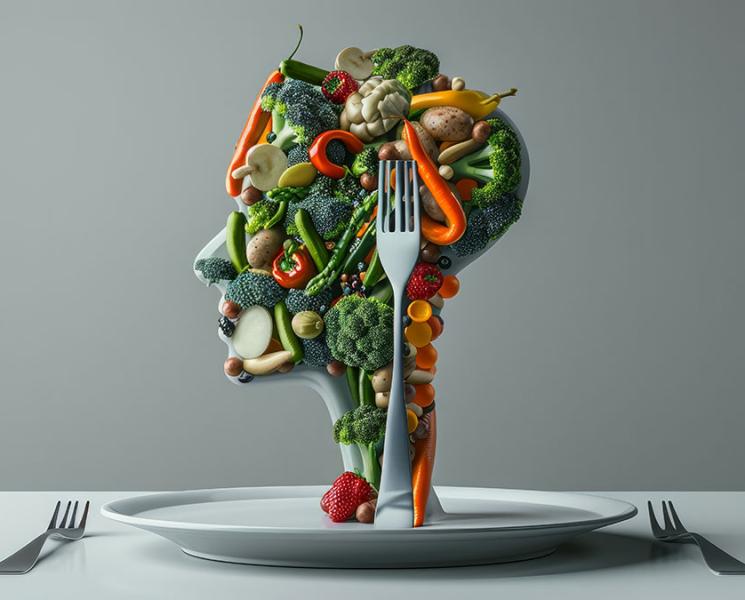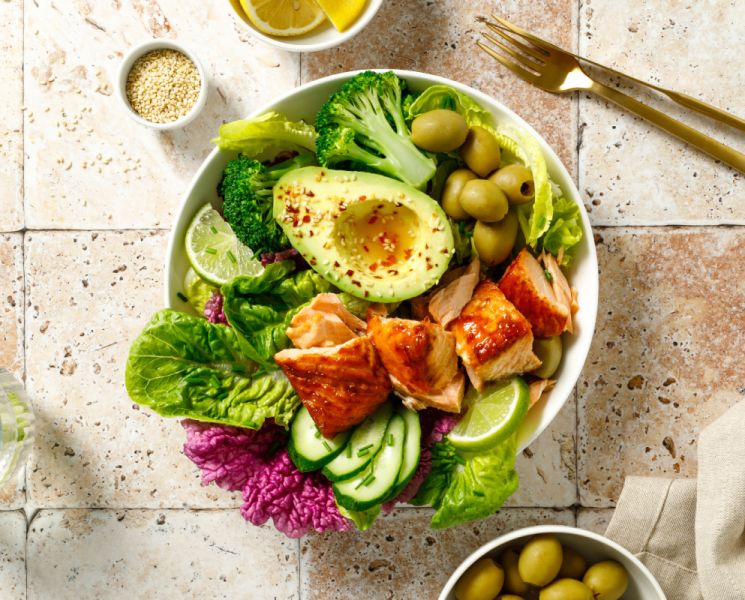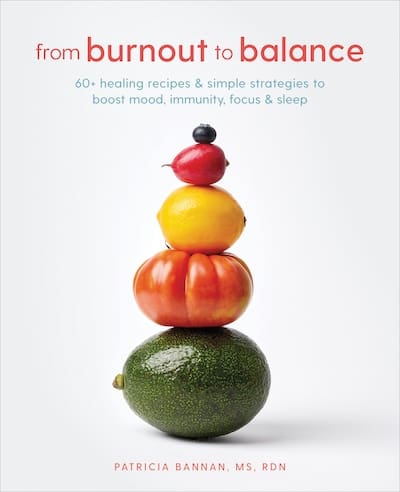In honor of Earth Month, I asked some of my dietitian colleagues for their best sustainable living tips that focus on simple ways to lower our carbon footprint and be more mindful of our food choices.
It’s no surprise that what we put on our plates can have a huge impact on the environment. Even the smallest and simplest of changes can help better the planet. As an added bonus, these tips can add nutrition and flavor to your diet and save you money. Read on for dietitian sustainable living tips that are perfect for Earth Month — and all year round!
1. Be mindful and efficient in the kitchen.
“When bringing water to a boil, cover your pot to save time and gas or electricity. When baking, try to bake several things at once. And eat plant foods,” says Melissa Altman-Traub MS, RDN, LDN.
2. Reduce your use of cooking energy—even if quirky.
“For instance, try ‘lid-cooking’ pasta by stirring the noodles into boiling water, then covering with a lid, and turning off or removing the pan from the burner—letting the pasta cook with trapped heat (zero energy!) for the exact time typically suggested, like 8 minutes! Then use those noodles to punch up your plant intake,” says Chef Jackie Newgent, RDN, CDN.
3. Don’t discard scraps.
“Don’t get rid of things like carrot peels, onion skins, herbs, and celery hearts! They can be used to make a fantastic homemade broth. Save your veggie scraps in a freezer-safe container and freeze them until you’re ready to make your broth,” says Chelsea Jackle, MFN, RDN, LD of Chelsea Dishes.
4. Make use of extra or leftover fresh herbs.
“Dry and store herbs for later use, make pesto, or create festive ice cubes to elevate any glass of water or cocktail. Muddle herb leaves, place in an ice cube tray, fill with filtered water and freeze!” says Erin Hendrickson, RDN of No Waste Nutrition.
5. Eat a more sustainable, plant-based diet.
“Even if you just do Meatless Monday or cut your meat intake in half, you can make a serious impact on your carbon footprint by eating more plants and fewer animals. For example, red meat has a much higher environmental impact than plant protein sources, such as beans, lentils and tofu,” says Sharon Palmer, MSFS, RDN, of The Plant-Powered Dietitian.
6. Cook your whole meal with one source of heat.
“Using only one burner or only the oven to cook your whole meal uses less electricity than using multiple heat sources. It’s super-efficient and will save time on clean up too! Search sheet pan, one pot, slow cooker, or instant pot meals to find some recipes to try!” says Bri Bell, RD of Frugal Minimalist Kitchen.
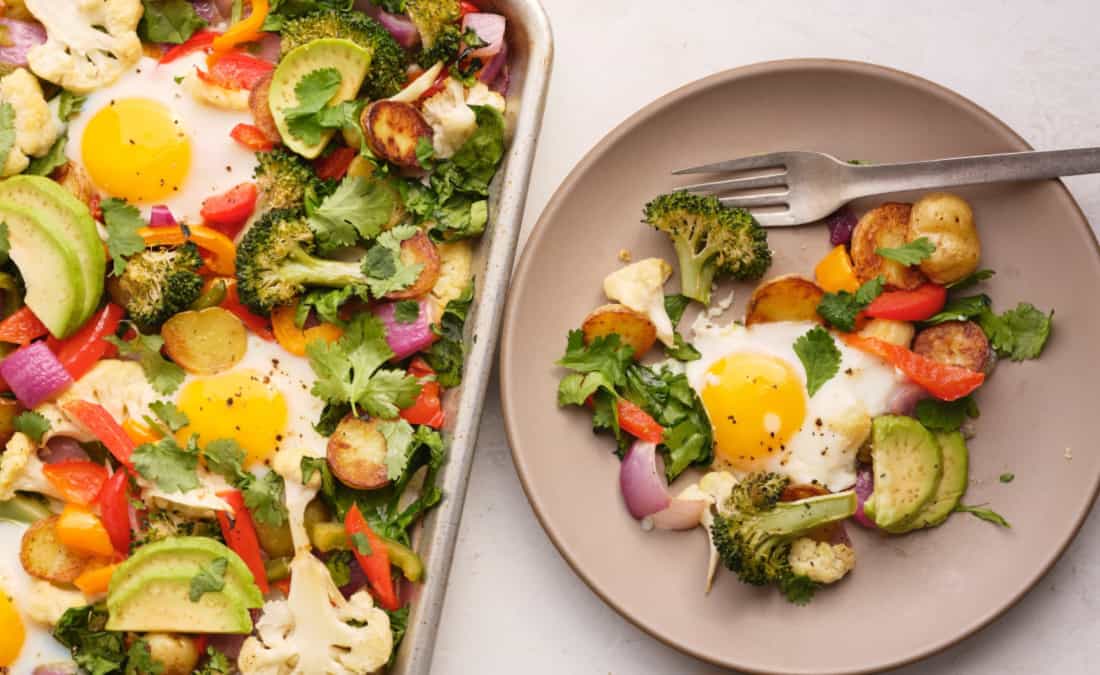
7. Take stock of what you have.
“Evaluate your pantry, fridge and freezer before heading to the grocery store to ensure you don’t over-buy or purchase something you already have. Once this becomes a sustainable living habit, it can reduce food waste and food costs tremendously due to both limiting extra food purchases and reminding you of what you need to eat or freeze,” says Kelly Jones, MS, RD, CSSD.
8. Use leftover bones to make your own dog food.
“Soften the bones in a slow cooker, instant pot, or boil in a pot. Next, purée the soft bones in a blender or food processor. Last of all, mix the puréed bones with some of the remaining broth/water that the bones were boiled in. This will create a treat that dogs will love. And we can eat it, too. Homemade bone broth is delicious,” says Sarah Koszyk, MS, RDN.
9. Buy local.
“Choose to shop at local Farmer’s markets when you are able. By purchasing and consuming foods that are produced locally, you are limiting the resources needed to process and deliver your food, which is much more sustainable and better for the environment!” says Niki Morgan, RD LD of New Frontier Nutrition.
10. Make your own veggie broth.
“Save all of your veggie scraps (like celery ends, onion bits, bell pepper tops, etc.) and make your own vegetable broth in the slow cooker! Fill up a gallon-sized bag in your freezer with the vegetable scraps you would have thrown away anyway. When you have enough saved up, you can make your own vegetable broth at home! It tastes better, it saves money, and it’s less wasteful!” says Megan Byrd, RD of The Oregon Dietitian.
11. Switch to reusable grocery bags.
“One easy tip for shopping, cooking, and eating more sustainably is to switch from plastic or paper grocery bags to reusable ones. Hop over to Amazon and look around for reusable bags that meet your lifestyle. For me, I needed bags that I could fold up and be stuffed into my purse. I also added a reminder prompt to my Supermarket Shopping List as another way to jog my memory.” says Liz Weiss, MS, RDN of Liz’s Healthy Table.
12. Invest in re-useable beverage cups.
“Get reusable water bottles and to-go coffee cups for your family. Decline straws at restaurants. The landfills have enough plastic!” says Lisa Andrews, MEd, RD, LD of Sound Bites Nutrition.
13. Only get what you need.
“Buy what you need, don’t exceed. Excess is more likely to get tossed or lost!” says Leslie Bonci , MPH, RDN, CSSD, LDN of Active Eating Advice.
14. Pay attention to food waste.
“One way to be more sustainable with the way you eat is to avoid wasting food. People throw out a lot of food, which wastes money and resources. Some tips for reducing food waste include buying only what you know you will eat, storing food correctly so it doesn’t spoil as fast, making sure to eat leftovers, and utilizing the freezer,” says Kaleigh McMordie, MCN, RDN, LD, of Lively Table.
15. Plant a garden.
“One of the simplest ways to engage in sustainable living and eating is to plant your own garden! Whether it’s a large vegetable garden in your yard or a small pot with herbs on your patio deck, growing your own food gives you a deeper appreciation of what it takes to create food. It also reduces food miles and need for packaging,” says Kerah Henebery, MS, RD, LDN, CLT of Pursue Wellness.
If you don’t have a lot of green space, check out these 4 Foods You Can Grow Indoors.
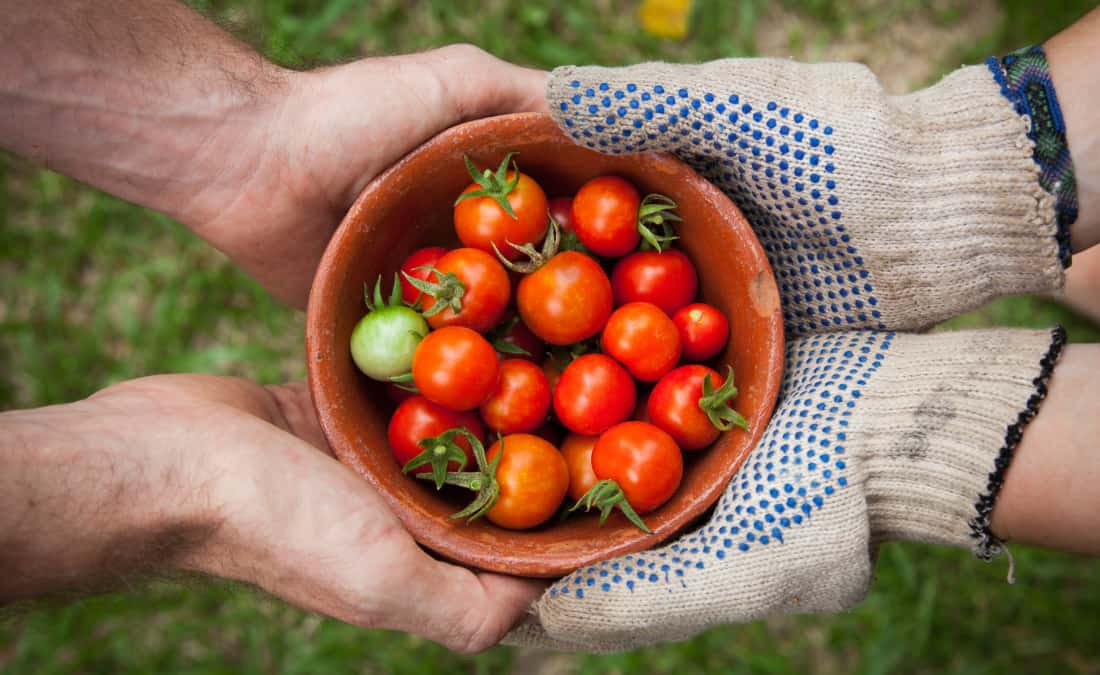
Which of these tips are you interested in trying for more sustainable living?


